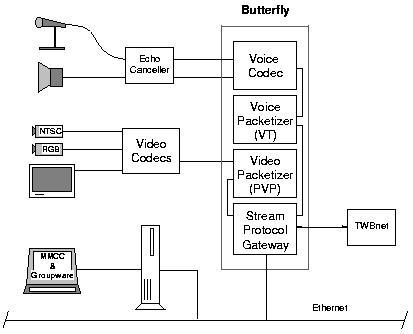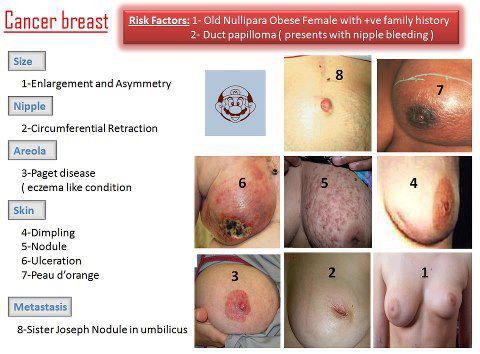The History and Current Application of Video Conferencing Solutions
Video conferencing solutions may be thought of as the whole gamut of technological and proceduralprocesses used to facilitate a video conference. A video conference is any conference, meeting or conversation that is facilitated by video and audio technology, and which allows persons not all physically present at the same location to confer with each other.
Video conferencing has been around in various forms since the invention of the television, which was initially demonstrated by sending an image through a solid (coaxial) cable to another room. In its modern form it was used by the Third Reich to communicate between post offices in major German cities.
Clearly the march of audio visual technology has been swift and constant: and the modern video conferencing solution bears little resemblance to the small crackly sets used in the 1930s. Modern video conferencing solutions may use large, high definition plasma or LCD screens and superb audio transmission software to create the impression that participants are actually in the room with their confederates. In the early part of the 21st century, video conferencing rooms were set up in which life size images of conference attendees were displayed on huge monitors arrayed down a boardroom table: the effect given was as though the other half of the room was "inside" a television screen.
Essentially, modern video conferencing solutions rely on a core software technology able to stream audio and video together in real time. The real time element is important in conferencing because delays can result in confusion. One person may answer a question posed by someone in another country while that person is still talking, and the resulting stilted conversation rapidly loses sense and flow.
In order for the visual and audio information to be collected, the system requires cameras and microphones. The camera collects the visual and the microphone collects the audio. A high level design component of the system, then, is its ability to match the video and audio streams properly so that the lips of the person speaking are synchronised with the sounds coming out of his or her mouth.
To play back the transmitted data, the system must also have a screen of some kind. The display device must further be linked to speakers outputting the audio information. The design and placement of speakers in relation to the screen can be important: the human ear is a sensitive device itself, and can identify if a voice is coming from somewhere other than the image that looks as though it is doing the "talking".
The video conferencing system is tied together by a computer which is essentially any processing unit capable of taking the disparate signals, decoding them from their streamed packets and running them through the required outputs. The same processing unit must simultaneously be sending its own coded data packets to the other part of the video conferencing solution.
This is a concept inherent in all video conferencing solutions that there be a minimum of two units in different locations.
About Author:
Mary is a freelance systems analyst. He is currently writing a thesis on the design of video conferencing solutions.
Video conferencing has been around in various forms since the invention of the television, which was initially demonstrated by sending an image through a solid (coaxial) cable to another room. In its modern form it was used by the Third Reich to communicate between post offices in major German cities.
Clearly the march of audio visual technology has been swift and constant: and the modern video conferencing solution bears little resemblance to the small crackly sets used in the 1930s. Modern video conferencing solutions may use large, high definition plasma or LCD screens and superb audio transmission software to create the impression that participants are actually in the room with their confederates. In the early part of the 21st century, video conferencing rooms were set up in which life size images of conference attendees were displayed on huge monitors arrayed down a boardroom table: the effect given was as though the other half of the room was "inside" a television screen.
Essentially, modern video conferencing solutions rely on a core software technology able to stream audio and video together in real time. The real time element is important in conferencing because delays can result in confusion. One person may answer a question posed by someone in another country while that person is still talking, and the resulting stilted conversation rapidly loses sense and flow.
In order for the visual and audio information to be collected, the system requires cameras and microphones. The camera collects the visual and the microphone collects the audio. A high level design component of the system, then, is its ability to match the video and audio streams properly so that the lips of the person speaking are synchronised with the sounds coming out of his or her mouth.
To play back the transmitted data, the system must also have a screen of some kind. The display device must further be linked to speakers outputting the audio information. The design and placement of speakers in relation to the screen can be important: the human ear is a sensitive device itself, and can identify if a voice is coming from somewhere other than the image that looks as though it is doing the "talking".
The video conferencing system is tied together by a computer which is essentially any processing unit capable of taking the disparate signals, decoding them from their streamed packets and running them through the required outputs. The same processing unit must simultaneously be sending its own coded data packets to the other part of the video conferencing solution.
This is a concept inherent in all video conferencing solutions that there be a minimum of two units in different locations.
About Author:
Mary is a freelance systems analyst. He is currently writing a thesis on the design of video conferencing solutions.





Comments
Post a Comment